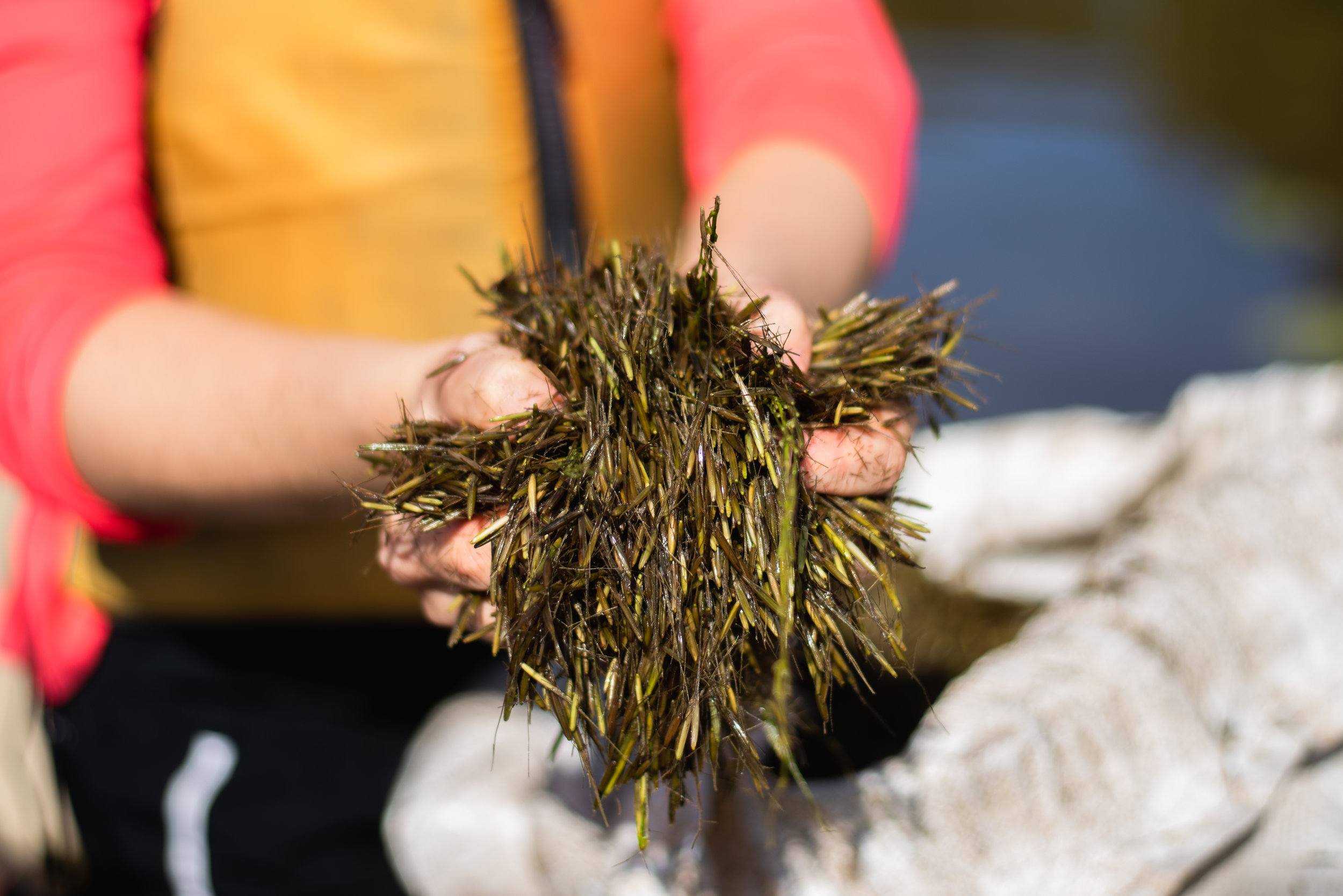Gichigami-ziibi
Homeland of the Anishinaabe
Video: Gichigami-ziibi: Homeland of the Anishinaabe highlights stories of four local Indigenous community members and their cultural perspectives and admiration for the St. Louis River. As you explore the Water Trail we encourage you to learn about and honor the life and lessons that this special place has held.
At the headwaters of Lake Superior lies the St. Louis River, known to local Anishinaabe as Gichigami-ziibi ‘the River that flows into the great waters’. For nearly 14,000 years, Native people have relied on the river for food, medicine, transportation, sport, and enjoyment.
In 2020, the U.S. Secretary of the Interior designated the St. Louis River Estuary National Water Trail, and it is now included in the National Parks Trail System. This is a major accomplishment that is a result of a river in restoration. However, as more people are drawn to experience the St. Louis River, it is more important than ever for us to share the stories of those who have forever called this land their home.
Learn more about Anishinaabe history along the St. Louis River on the Onigamiinsing Dibaajimowinan-Duluth's Stories Website.
St. Louis River Flora & Fauna
The Estuary is home to a diverse array of native animal species.
Below are a list of some of the common birds, mammals, fish, plants & trees you could see while on the St. Louis River Estuary National Water Trail.
Birds
Over 230 bird species have been documented in the lower St. Louis River. This area is both a critical migratory stopover and an important breeding area. In addition to songbirds, raptors, and shorebirds, the rare common tern is making a comeback due to cleaner waters and habitat restoration. You may even catch a glimpse of pelicans in their spring migration!
Mammals
You will likely see woodchucks, squirrels, rabbits, weasels, mink, beaver and the playful otter, among hundreds of other small mammals. The black bear, white-tailed deer, coyotes and red fox will make their appearance as you navigate the wild areas of the river.
Fish
The most popular fish in the St. Louis River may be the walleye, but the pre-historic sturgeon is making a comeback. Habitat restoration is leading to the natural spawning of this endangered species and scientists are hopeful they are here to stay. You may even get a close encounter with one of these giants rolling on the water! Other fish such as muskellunge, northern pike, and smallmouth bass as well as panfish are plentiful and are year-round residents.
Plants & Trees
The shores are lined with red, white, and jack pine, white and burr oak, sugar and silver maples, spruce, cedar, basswood, birch and many more. Cattails, black-eyed susans, waterlilies, milkweed, iris, and buttercups are just a few of the plants you will see.
Perhaps the most important plant in the Estuary is manoomin (wild rice). Manoomin is a water quality indicator and provides important habitat for fish and wildlife. Help protect this precious resource by learning about our restoration efforts & the SLRA Wild Rice Project!





